Successful Research in Producing Disease-Free Shrimp Breeding Stock
Stage 1: Postlarvae weighing 0.028 – 0.3 grams, density of 28-29 shrimp per cubic meter, duration of 25 days.
Stage 2: From 0.3 to 30 grams, density of 24-28 shrimp per cubic meter, raised for 3 months.
Stage 3: From 30 to 60 grams, density of 13 shrimp per cubic meter, raised for 3 months.
Stage 4: From 60 to 120 grams, density of 6 shrimp per cubic meter, raised for 3 months, with a maturation stage of 2 shrimp per cubic meter for 2 months.
After a total of 13 months of farming, the parent shrimp reached an average weight of 170 grams per shrimp, and initial reproduction showed a yield of 300,000 to 400,000 larvae per broodstock with a hatching rate of 79-82%. According to testing results from Regional Veterinary Agency No. 6, the quality of the postlarvae was confirmed to be disease-free.
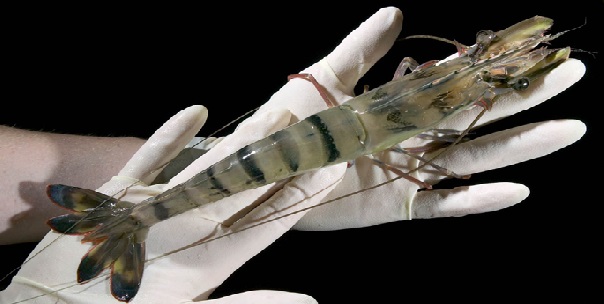
Tra Vinh province is focusing on high-tech farming of black tiger shrimp and whiteleg shrimp, ensuring a supply of clean shrimp products for export markets. However, the province currently has around 24,000 hectares of brackish and saltwater shrimp farms, with about 7,000 hectares dedicated to intensive and semi-intensive farming. The shrimp seed production within the province only meets about 60% of demand, with the remaining seeds imported from other provinces, making it difficult to control quality.
Mr. Pham Minh Truyen, Director of the Department of Agriculture and Rural Development in Tra Vinh, stated that the province plans to expand brackish and saltwater aquaculture to nearly 26,000 hectares by 2020 and around 28,000 hectares by 2030. By 2020, the demand for black tiger and whiteleg shrimp seed will exceed 11 billion.
The successful production of disease-free broodstock by the Faculty of Agriculture and Fisheries at Tra Vinh University creates favorable conditions, particularly in providing high-quality broodstock for local shrimp hatcheries to supply to farmers.
Source: bnews
Ngày đăng : 17/10/2024
1966 View
Other Articles
Portuguese food group acquires 18% stake in cod farming company Norcod
Indonesia implements radioactive-free shrimp certification for exports to the United States
India is world’s second-largest shrimp producer. That is now under threat
Ca Mau’s shrimp industry moves towards “green” growth
Floods devastate aquaculture, processing operations in Vietnam
Ecuador Leads Global Shrimp Exports, Surpassing USD 7 Billion in 2025
India's marine product exports rise 16% as new markets offset US dip
Skretting presents the first shrimp feed with insect meal in Vietnam
Sharing: EU increases shrimp imports in the first 9 months of the year
Gideon De Oro opens high tech Cebu shrimp plant, to revive exports
White-leg shrimp facing WSSV: When density and environment fluctuate together








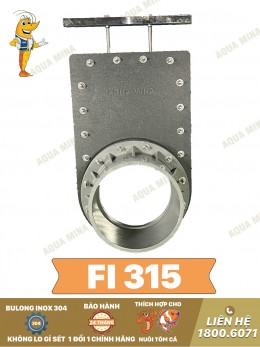
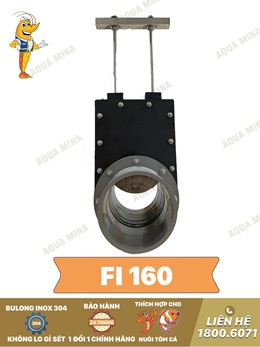
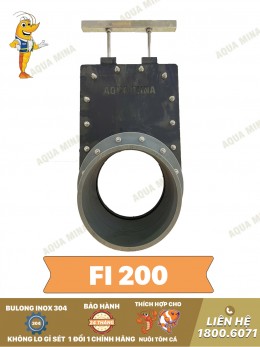
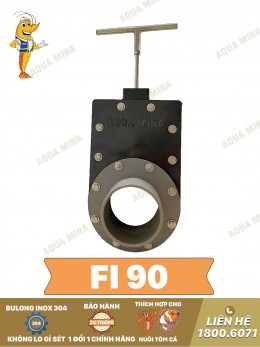
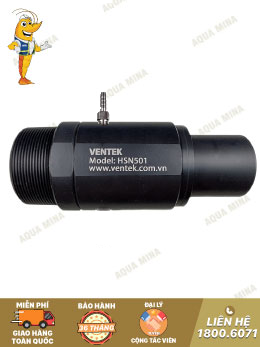
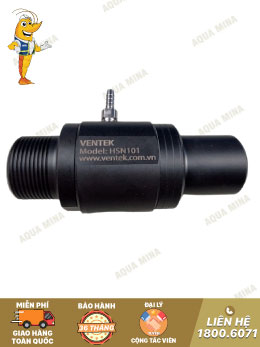





.jpg)